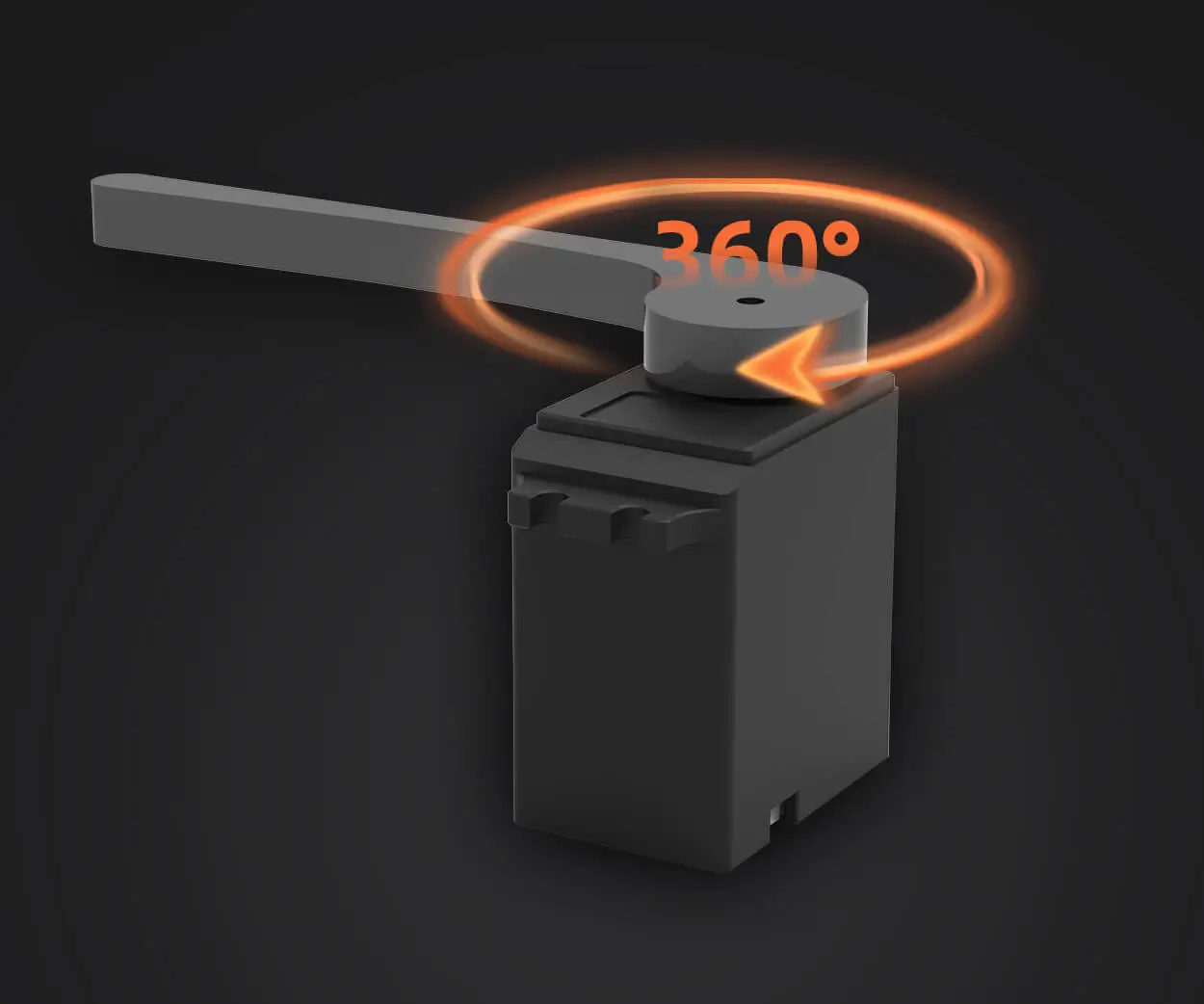The Magic Behind Precision Motion: An Introduction to Servo Motors and Drives
Imagine a world where machines move with flawless accuracy—assembling electronics, packaging products, or even assisting in delicate surgeries. This is the magic of servo motors and drives, the unsung heroes powering automation with exceptional pinpoint control. Whether in robotics, CNC machining, or aerospace manufacturing, these components bring pinpoint precision and dynamic responsiveness to complex tasks, transforming how industries operate.

At their core, servo motors are specialized devices designed to accurately control angular or linear position, velocity, and torque. Unlike standard motors, which typically run continuously at a set speed, servo motors are built for dynamic, controllable motion. They’re like the athlete of motor types—designed to perform precise, rapid, and smooth movements.
But a servo motor doesn’t operate alone. It’s part of a larger system known as a servo drive—an intelligent controller that directs the motor’s actions, making real-time adjustments based on feedback. Think of the servo drive as the conductor of an orchestra, ensuring each note hits perfectly, while the servo motor is the talented musician executing the performance.
Core Principles of Servo Systems
To appreciate the power of servo motors and drives, you need to understand some fundamental principles:
1. Feedback and Closed-Loop Control
Servos work on a closed-loop control principle. This means they constantly monitor their position, speed, and torque via feedback devices—often encoders or resolvers. The drive then compares this feedback to the desired command signal and makes adjustments on the fly. This real-time correction enables precise, stable motion even under changing loads or conditions.
Think of it like driving a car with a GPS; you constantly receive information about your location and adjust your steering accordingly to stay on the route. Similarly, the servo system adapts instantly to maintain the target position or speed.
2. Torque and Speed Control
Servo motors excel in controlling torque—how much force they generate—and speed, how fast they rotate. These capabilities are vital for applications where delicate handling or rapid repositioning is required. The drive modulates the motor’s power supply to produce the desired torque or velocity, ensuring motion stays smooth and accurate.
3. Precise Positioning
Beyond just controlling speed, servo systems are incredibly precise when it comes to positioning. They can achieve extremely small positional increments, often in fractions of a degree for rotary systems or micrometers for linear motion. This makes them ideal for tasks like robotic arm placement, where millimeter or even micron-scale accuracy matters.
Types of Servo Motors
Not all servo motors are created equal; choosing the right type depends on the application's specific needs. The two main categories are:
1. AC Servo Motors: These motors operate on alternating current and are highly efficient and reliable. They typically feature permanent magnet synchronous motors (PMSM), which provide strong torque and high speed. They’re common in industrial settings where high performance and durability are needed.
2. DC Servo Motors: Operating on direct current, DC servos are valued for their simplicity and excellent torque characteristics at low speeds. They are often used in applications that require fine control over a wide range of speeds.
Within these categories, designs can vary—brushed versus brushless, linear versus rotary—each bringing unique advantages suited to specific tasks.
The Heart of the System: Sensors and Encoders
Now, let’s talk about feedback devices. Encoders and resolvers typically serve as the eyes of the system, providing real-time data about the motor’s position and movement. Encoders can be optical or magnetic, offering high resolution for ultra-precise applications. Resolvers are more rugged, suitable for harsh environments.
This sensor data is the heartbeat of a servo system. The drive uses it to perform complex calculations, adjusting voltage and current to the motor windings, maintaining exact control over the output. This continuous loop is what allows servo systems to respond instantly and maintain stability even under variable loads or disturbances.
Applications That Showcase Servo Power
Servo motors and drives are everywhere—driving the future of automation. Here are a few standout examples:
Robotics: Precise arm movements empower robots to assemble tiny electronic components, perform delicate surgeries, or handle hazardous materials with finesse. CNC Machinery: High-precision cutting tools rely on servo systems for accurate tool positioning, resulting in smooth finishes and minimal waste. Packaging: Fast, accurate movements ensure labels are correctly placed and products are sorted at lightning speed. Aerospace: Accurate actuation of flight surfaces or satellite positioning relies on advanced servo technology. Printing and Textile: Precise control ensures high-quality, consistent outputs in mass production.
Why Are Servo Motors and Drives So Valued?
Their unbeatable combination of precision, responsiveness, and energy efficiency makes them invaluable. In applications demanding complex motion control, servo systems outperform traditional motor setups by leaps and bounds, offering adaptability and fine-tuned performance.
But mastering these systems requires understanding their components, how they interact, and what makes a good servo system. As we delve deeper into the world of drives and motor selection in the next part, you'll see how these principles come alive in real-world design and operation.
Established in 2005, Kpower has been dedicated to a professional compact motion unit manufacturer, headquartered in Dongguan, Guangdong Province, China.




































